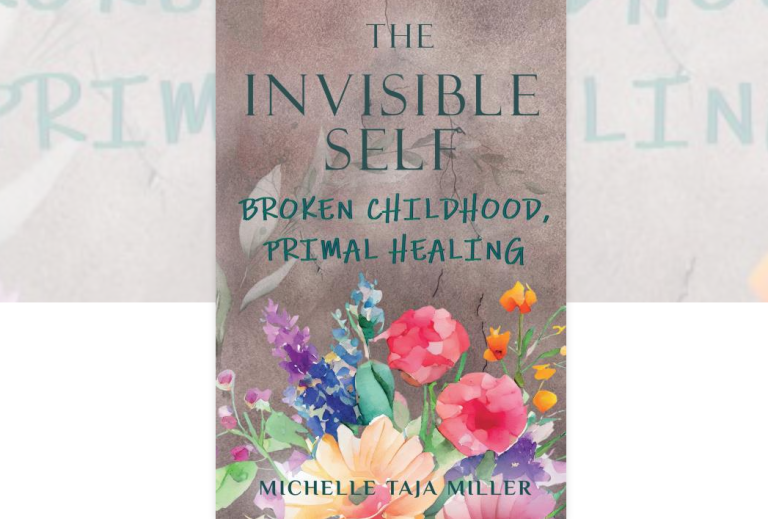Michelle Taja Miller, a recognised global expert in Primal Therapy, has released her compelling new book, The Invisible Self: Broken Childhood, Primal Healing. The work delves into one of the most powerful, yet least understood therapies aimed at unwrapping childhood trauma.
Primal Therapy, which gained prominence through the work of Arthur Janov in the 1970s, has been a focal point for many seeking to address deep-seated emotional issues. Notably, it was referenced by John Lennon in discussions about his Plastic Ono Band album, highlighting its cultural significance. In her book, Miller offers readers an intimate look into her own life, exploring the traumatic events that shaped her journey into adulthood.
The Invisible Self recounts the intense struggles individuals face while growing up, often marked by emotional or physical danger. Children, as Miller points out, remain one of the most oppressed demographics, bearing burdens that manifest in various forms throughout their lives. Her narrative is not only a personal survival story but also a beacon of hope for those grappling with similar experiences.
Miller’s account is both captivating and inspirational, drawing readers into a world often clouded by cynicism and apathy. Her birth story is particularly striking, presenting evidence that early life experiences can lay the groundwork for one’s emotional landscape. In an age dominated by a desire for instant results, Miller’s book encourages a reflective pause, inviting readers to accompany her on her journey of healing as she revisits the haunting memories of her childhood.
The narrative is interspersed with poignant therapy sessions from later in her life, showcasing cathartic moments and profound insights. Through these reflections, Miller addresses the early challenges of Primal Therapy, discussing the pitfalls and setbacks that arose during its initial implementation. She emphasises that while Janov’s vision for the therapy was groundbreaking, personal unresolved issues among practitioners often undermined its effectiveness, leaving many individuals feeling lost.
Despite these challenges, Miller remains optimistic about the potential of Primal Therapy. She believes it could still serve as a transformative tool for creating a more balanced and saner world, suggesting that she might lead the charge for what she calls “Primal Therapy 2.0.”
The Invisible Self is beautifully articulated, combining emotional depth with compassionate insights. Miller’s writing is intuitive and thought-provoking, offering readers not only a glimpse into her personal healing journey but also a broader commentary on the importance of addressing childhood trauma.
Readers interested in exploring the themes of healing and resilience can find The Invisible Self on Amazon and learn more about Miller’s work at the Integrated Primal website. This book promises to be a valuable resource for anyone seeking to understand the complexities of childhood trauma and the potential for healing through innovative therapeutic methods.

